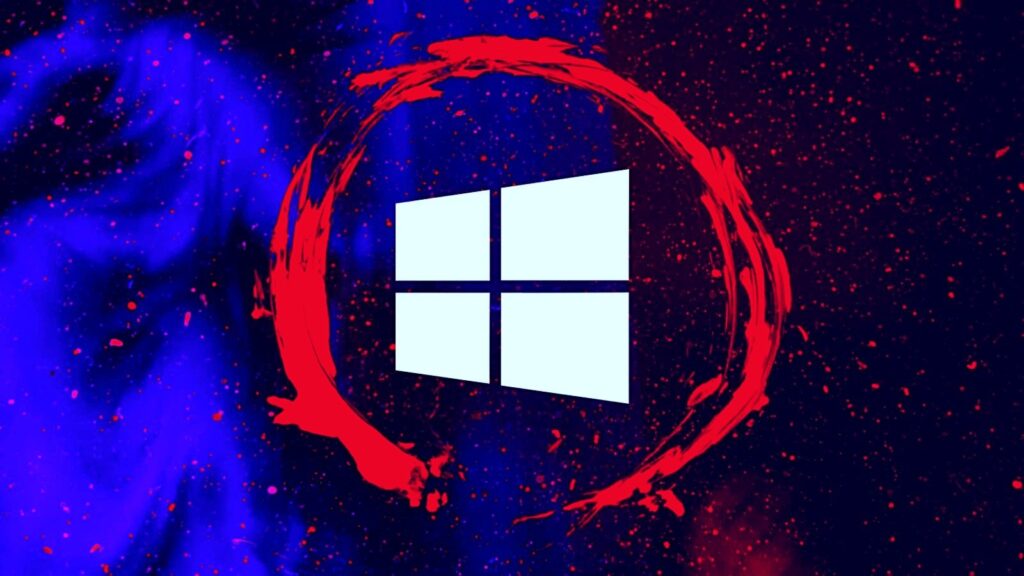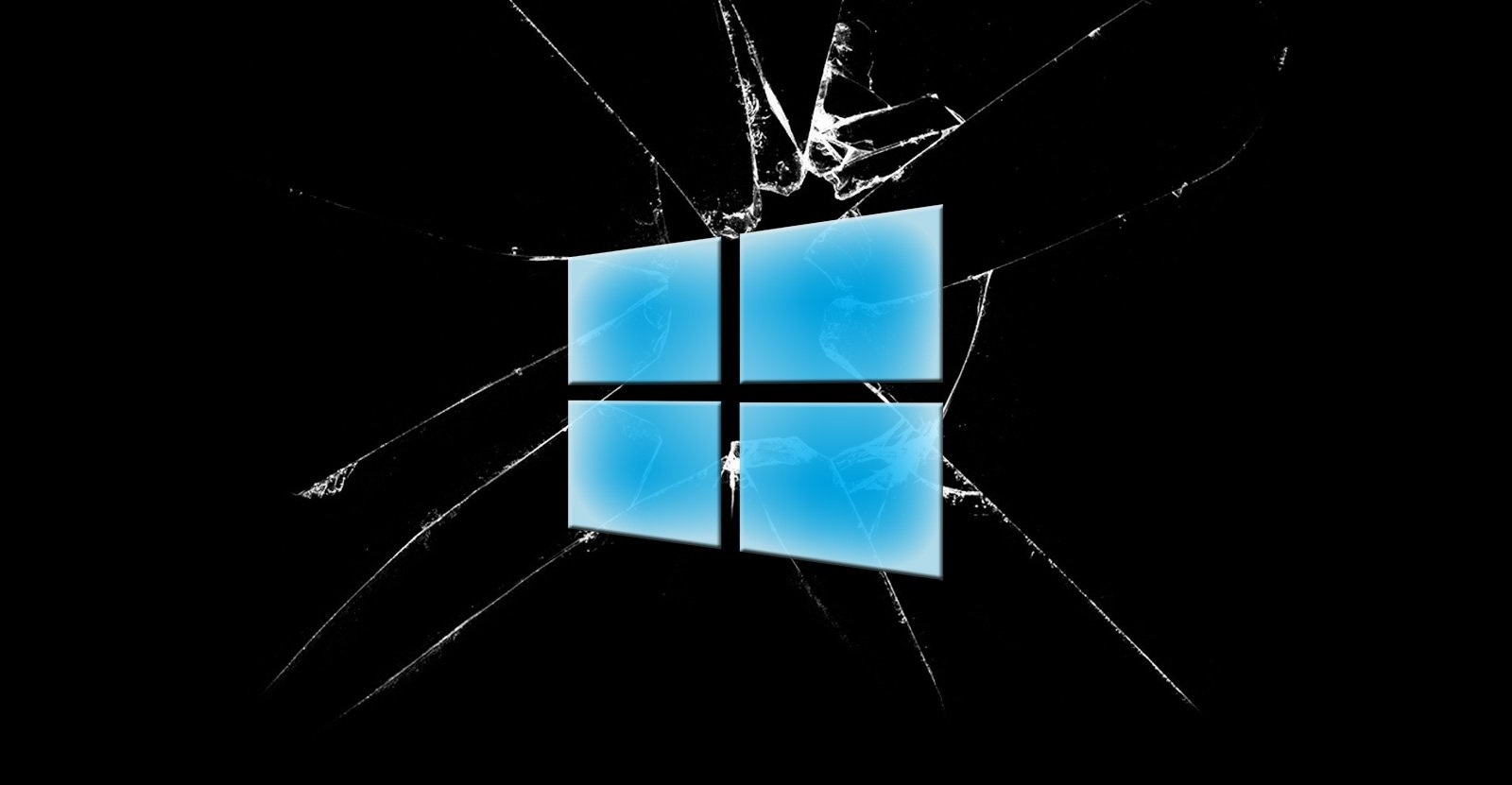MagicDot: A Windows Weakness Enabling Unprivileged Rootkit Activity, here is what to know. Quick Look
Windows, a widely used operating system, has a weakness known as ‘MagicDot’. This vulnerability lies in the way Windows converts file paths from the traditional DOS format to the more modern NT format. This seemingly harmless process can be exploited by attackers to gain rootkit-like capabilities.

The MagicDot Vulnerability
When you open a file or folder on your computer, Windows references the path where the file exists. Normally, this is a DOS path that follows the “C:\Users\User\Documents\example.txt” format. However, a different function called NtCreateFile is used to actually perform the operation of opening the file. This function asks for an NT path, not a DOS path. So, Windows converts the familiar DOS path into an NT path before calling NtCreateFile.
The problem arises during this conversion process. Windows automatically removes any periods from the DOS path, along with any extra spaces at the end. This automatic stripping out of characters could allow attackers to create specially crafted DOS paths that would be converted to NT paths of their choice. These paths could then be used to either render files unusable or to conceal malicious content and activities.
The Implications
The MagicDot issues create opportunities for a number of post-exploitation techniques that help attackers maintain stealth. For instance, it’s possible to lock up malicious content and prevent users, even admins, from examining it. Attackers could also hide files or directories within archive files.
In essence, manipulating MagicDot paths can grant adversaries rootkit-like abilities without admin privileges. This is a significant risk for businesses, as it allows attackers to conceal and impersonate files, directories, and processes.
Conclusion
The ‘MagicDot’ Windows weakness is a serious issue that needs addressing. It allows unprivileged rootkit activity, posing a significant threat to businesses and individual users alike. While some related vulnerabilities have been patched, the underlying issue remains unfixed. Therefore, it’s crucial for Windows users to stay informed and take necessary precautions to protect their systems.
You think you have a story worth everyone’s time? SUBMIT A STORY and we will publish it.
Share this content:




Post Comment